It's SNAFU time again and this time it's even more FU than normal.
If you know about these great anthologies from Cohesion Press you know that they're always packed full of action and feature short stories from some of the best names in the business and this next outing is no exception. In fact, the previous books have done so well that they've even caught the eye of Hollywood with several stories being picked up by Blur Studios for their Emmy Award Winning Netflix series Love Death + Robots.
I've been lucky enough to feature in four of the previous books along with a couple of repeats in best-of and charity collections. This time I'm on the cover, and sharing it with none other than such big names as Alan Baxter and James A Moore.
My Story, King Rat, is a cyberpunk tale with a side of body horror in keeping with the 'Punk'd' theme. Here comes the pitch:
A cybernetic mercenary endowed with all the aspects of the Chinese zodiac discovers a link between his own past and his latest quarry: a shared history that offers the chance to right a decades-old wrong. But is there also the chance for something more than just revenge?
If that sounds intriguing, or maybe you want to check out some of the other stories, SNAFU: Punk'd is already available for presale and will be coming out at Halloween.
If you know about these great anthologies from Cohesion Press you know that they're always packed full of action and feature short stories from some of the best names in the business and this next outing is no exception. In fact, the previous books have done so well that they've even caught the eye of Hollywood with several stories being picked up by Blur Studios for their Emmy Award Winning Netflix series Love Death + Robots.
I've been lucky enough to feature in four of the previous books along with a couple of repeats in best-of and charity collections. This time I'm on the cover, and sharing it with none other than such big names as Alan Baxter and James A Moore.
My Story, King Rat, is a cyberpunk tale with a side of body horror in keeping with the 'Punk'd' theme. Here comes the pitch:
A cybernetic mercenary endowed with all the aspects of the Chinese zodiac discovers a link between his own past and his latest quarry: a shared history that offers the chance to right a decades-old wrong. But is there also the chance for something more than just revenge?
If that sounds intriguing, or maybe you want to check out some of the other stories, SNAFU: Punk'd is already available for presale and will be coming out at Halloween.
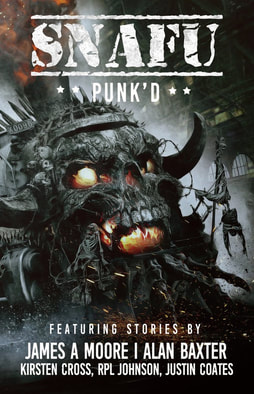
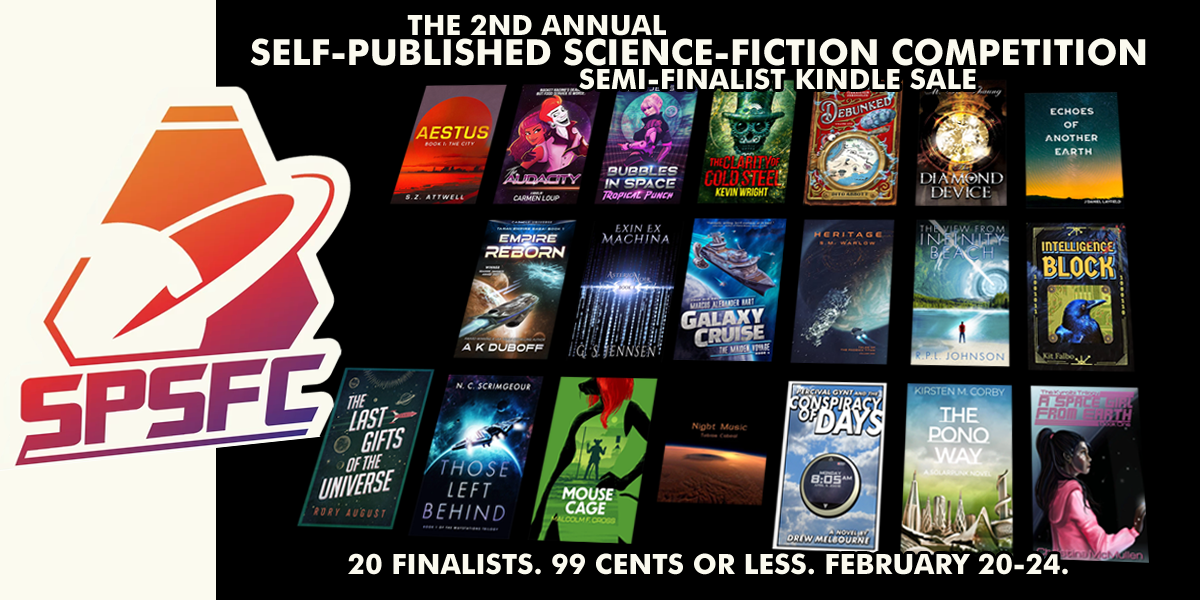
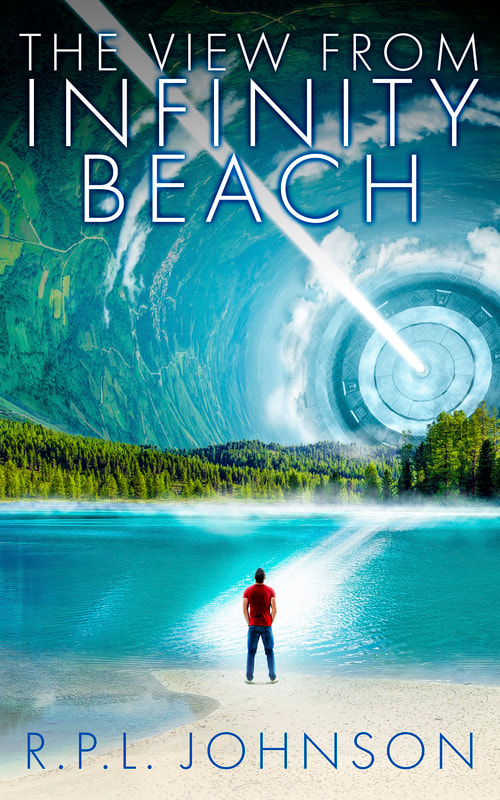
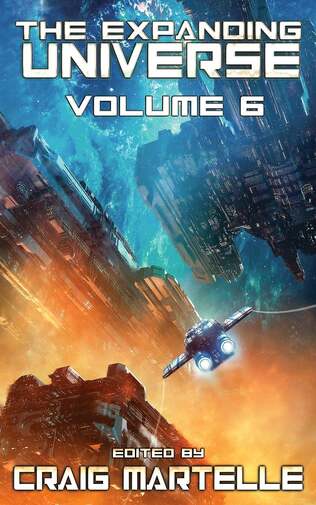
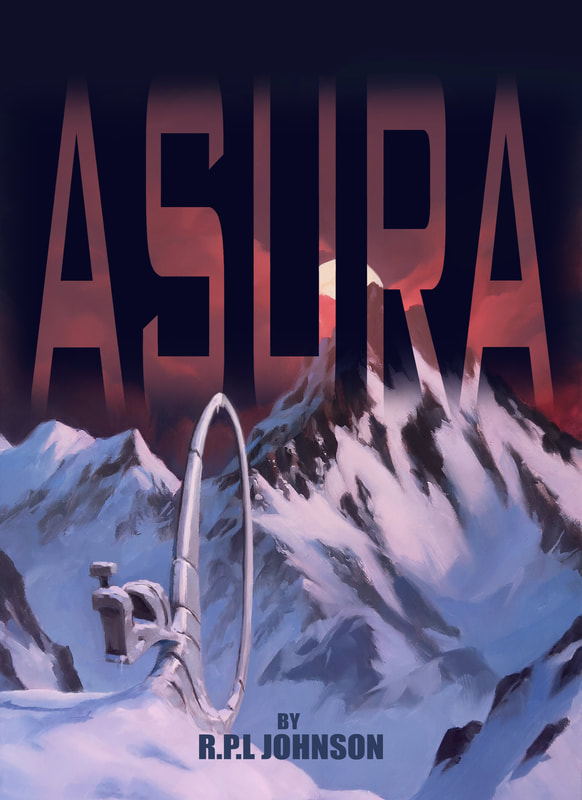
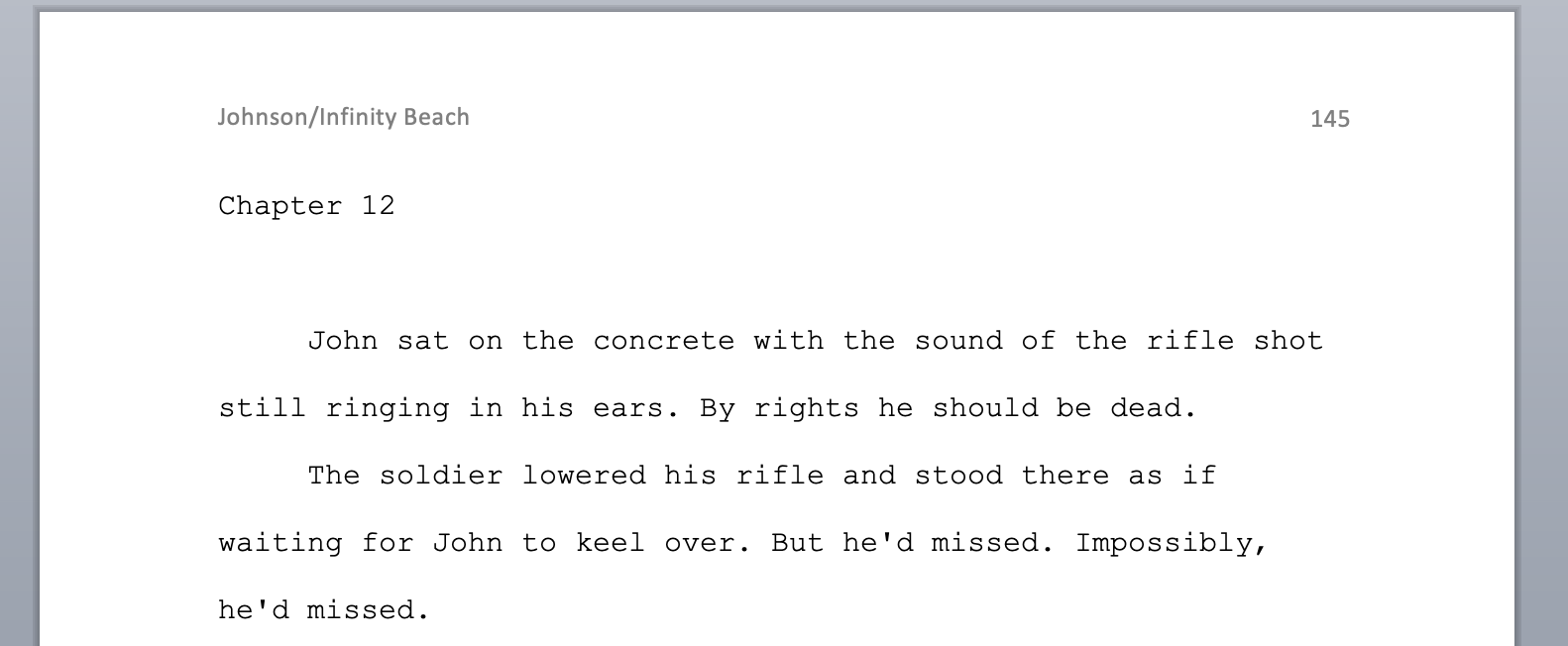
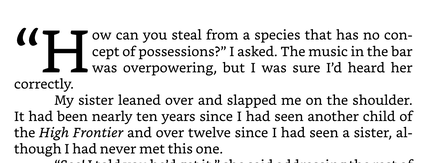
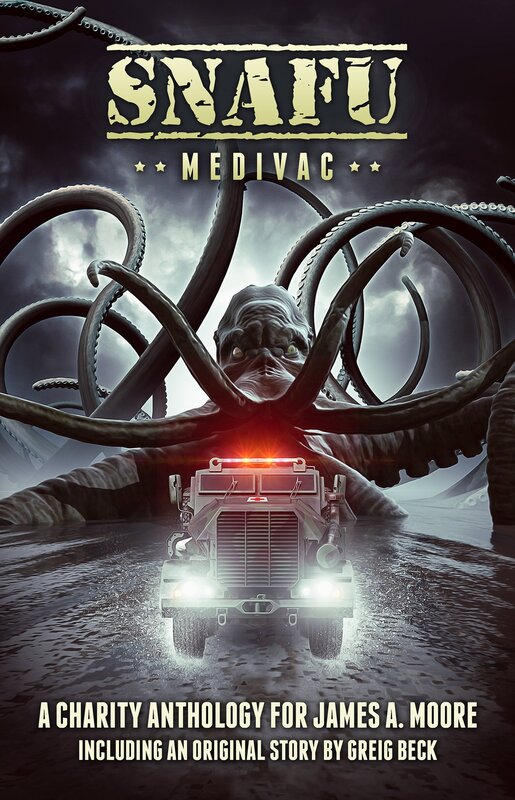
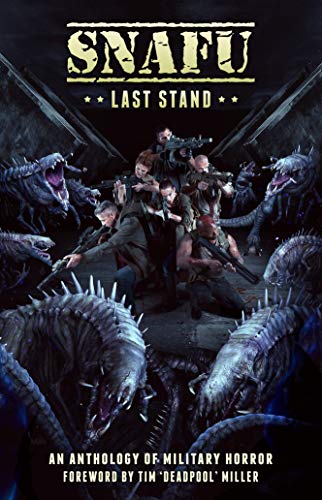
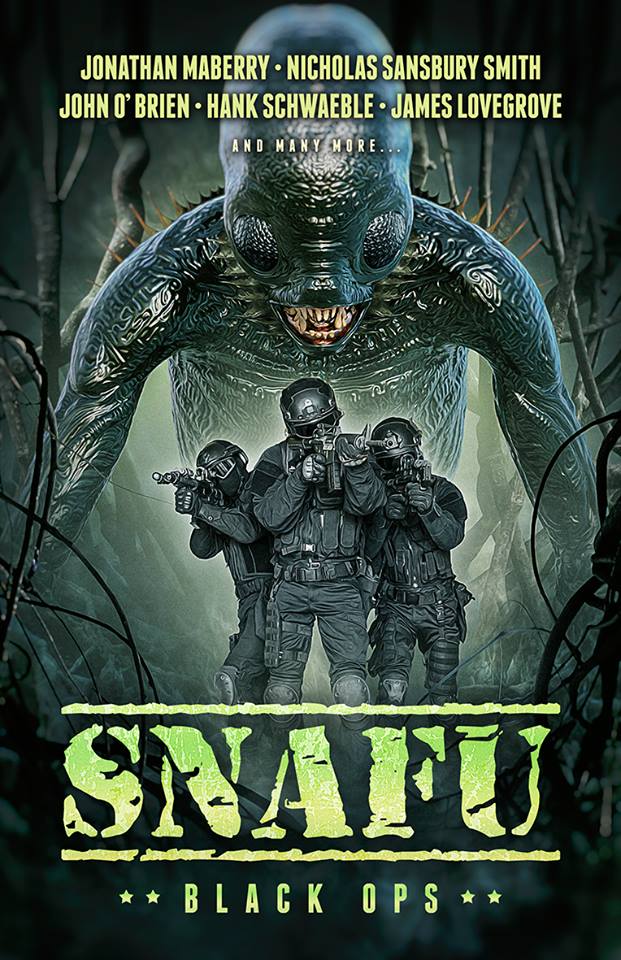
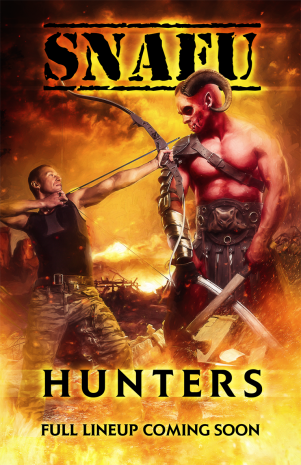
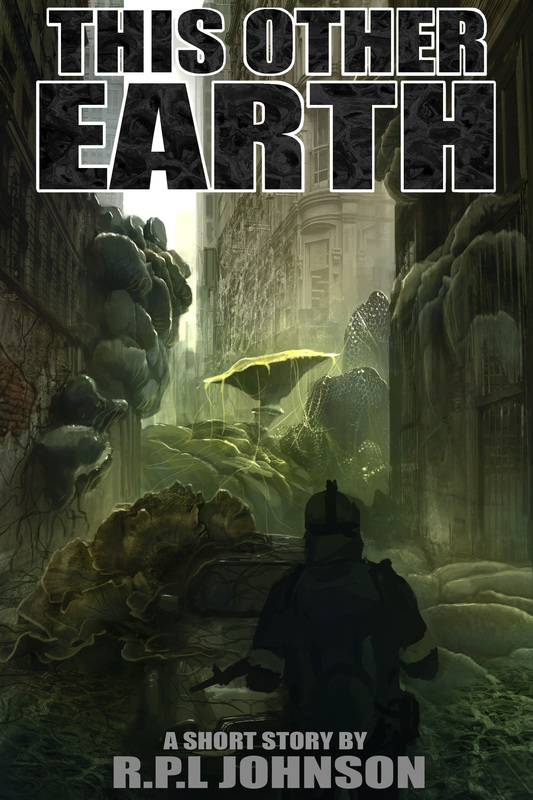
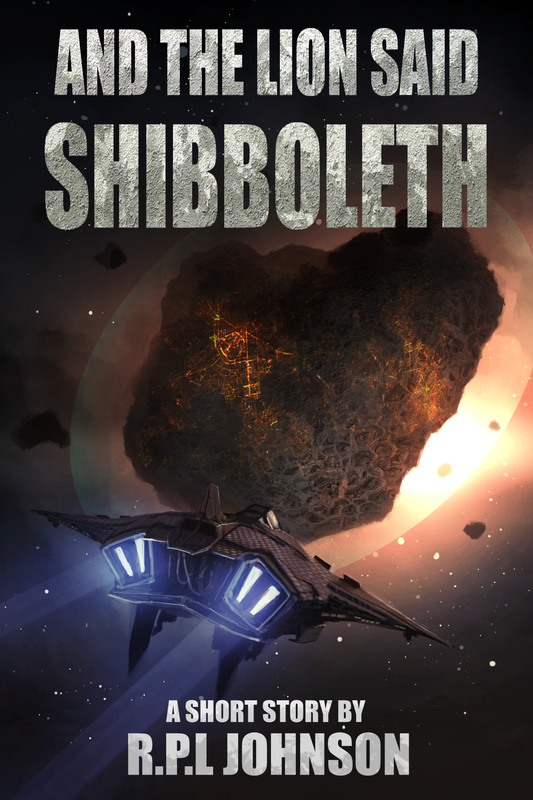
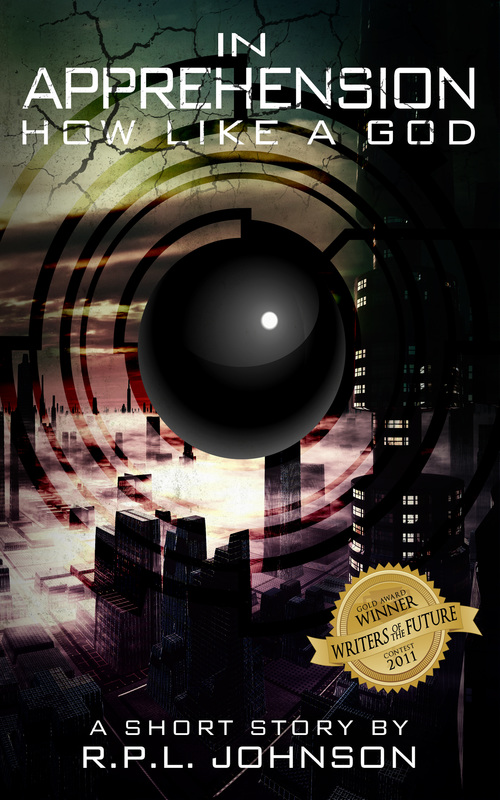
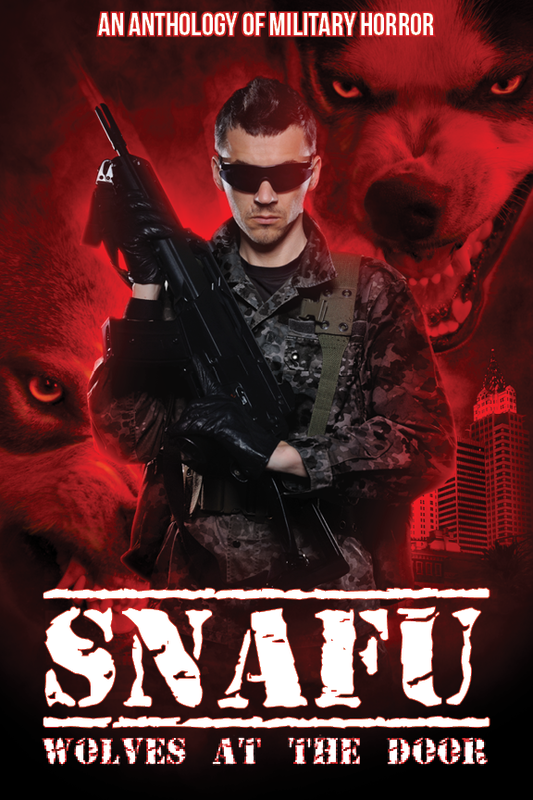
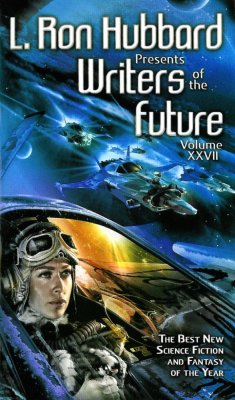
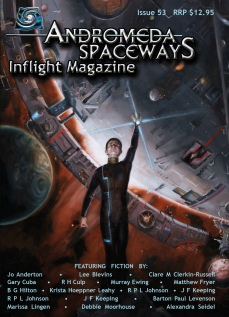
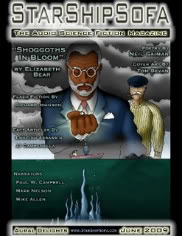
 RSS Feed
RSS Feed